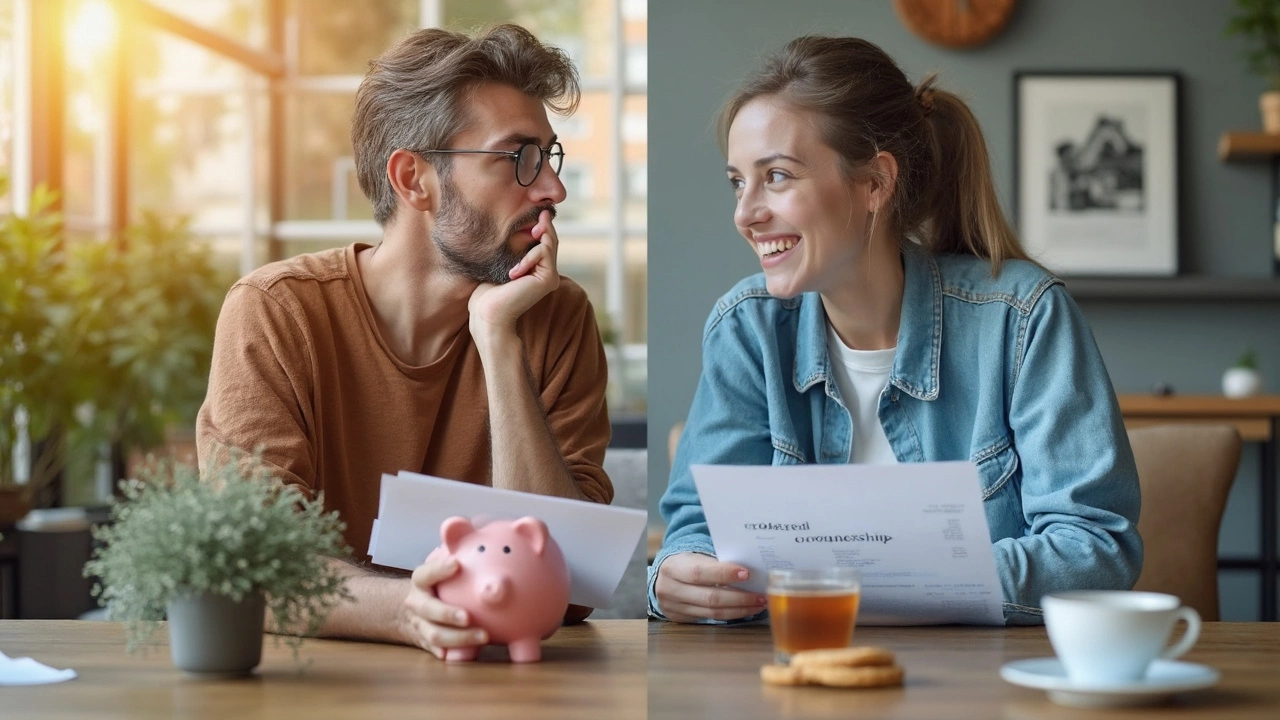Taxes You Need to Know for Buying, Renting & Investing in Florin Court
Taxes can feel like a maze, but you don’t have to get lost. Whether you’re buying your first home, renting a flat, or looking at an investment property, a few key taxes pop up every time. Knowing them ahead of time saves money and avoids nasty surprises at the end of the day.
Stamp Duty and Land Transaction Tax
When you buy a property in England, you’ll pay Stamp Duty Land Tax (SDLT). The rate depends on the price you pay and whether you’re a first‑time buyer. For homes up to £250,000, the tax is 0 % for first‑timers and 2 % for everyone else. If the price sits between £250,001 and £925,000, you add 5 % on the amount over £250,000. Anything above £925,000 brings the rate up to 10 %.
What this means for you: if you’re looking at a £300,000 house and you’re not a first‑time buyer, you’ll owe 2 % on the first £250,000 (£5,000) plus 5 % on the remaining £50,000 (£2,500). That’s £7,500 total. Adding a quick calculation to your budget helps you see if the deal still works.
Council Tax, Service Charges and Other Ongoing Costs
Council tax is the biggest regular tax most renters and owners face. It’s based on the property’s valuation band (A‑H) and the local authority’s rate. In Florin Court, the average Band C property pays around £1,300 a year, but make sure you check the exact band for any flat you consider.
If you buy a leasehold flat, you’ll also see service charges. These cover things like building maintenance, cleaning of communal areas and sometimes utilities. Service charges can vary wildly – from a few hundred pounds a year to several thousand – so ask the seller for recent bills before you sign.
Finally, don’t forget Capital Gains Tax (CGT) if you plan to sell an investment property later. You only pay CGT on the profit, after the annual exempt amount (£6,000 for individuals in 2025‑26). The rate is 18 % for basic‑rate taxpayers and 28 % for higher‑rate. Knowing this ahead of time helps you decide whether to hold the property longer or look for tax‑efficient ways to sell.
Putting these taxes into a simple spreadsheet makes the numbers clear. List the purchase price, calculate SDLT using the bands, add estimated council tax and service charges, then project any CGT if you plan to sell. You’ll see the true cost of owning versus renting.
One quick tip: first‑time buyers can claim the Stamp Duty relief and sometimes a government “Help to Buy” equity loan, which reduces the amount you need to borrow. Check the latest government schemes – they change each year.
In short, the tax landscape isn’t magic, it’s just a set of rules you can work with. Know the rates, plug them into your budget, and you’ll avoid the dreaded “I didn’t expect that tax” moment.
Got a specific property in mind? Grab the council tax band, ask for the latest service charge invoice, and run the numbers before you make an offer. You’ll feel confident, and you’ll keep more cash in your pocket for the things that matter – like decorating your new home.

Do I Pay Taxes on Owner's Draw? What Shared Ownership Homeowners Should Know
Are owner's draws in shared ownership homes taxable? This article untangles how withdrawals work, why they aren't always simple income, and what taxes you may (or may not) owe. Discover when an owner's draw triggers tax responsibility, and how to avoid IRS headaches. Get actionable advice and some surprising facts about taxes and shared property withdrawals. Make your next move with confidence, not confusion.